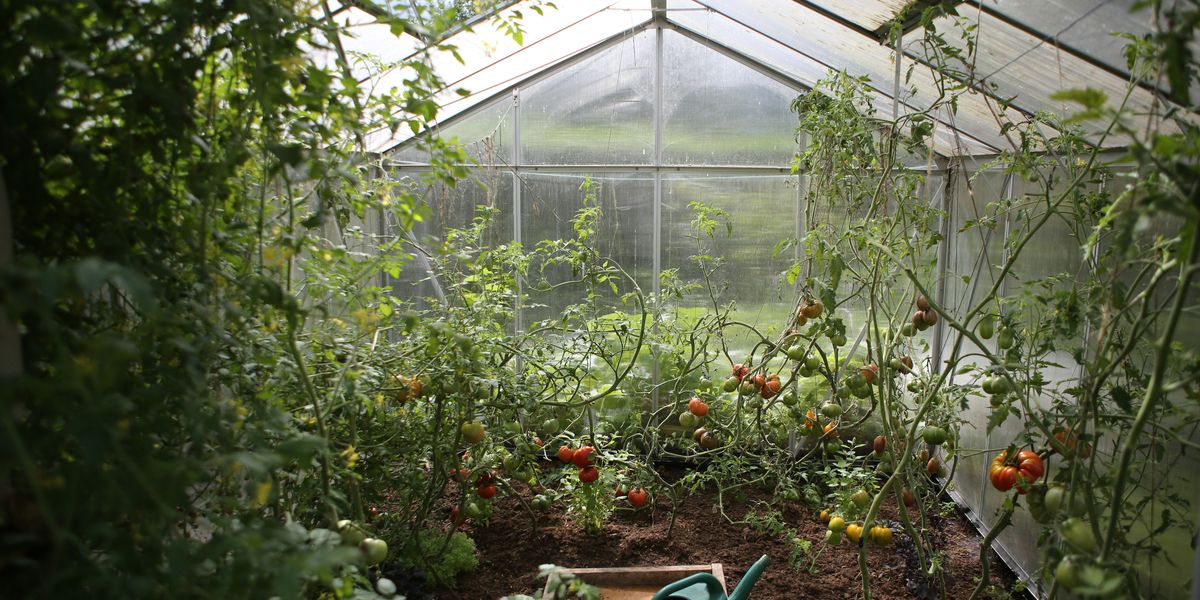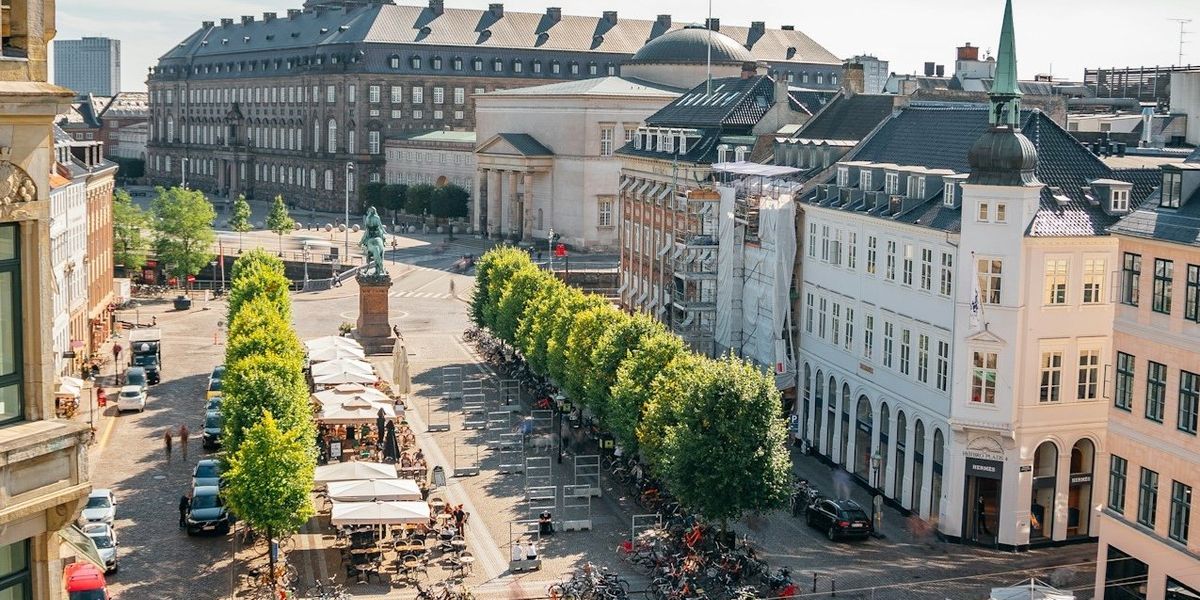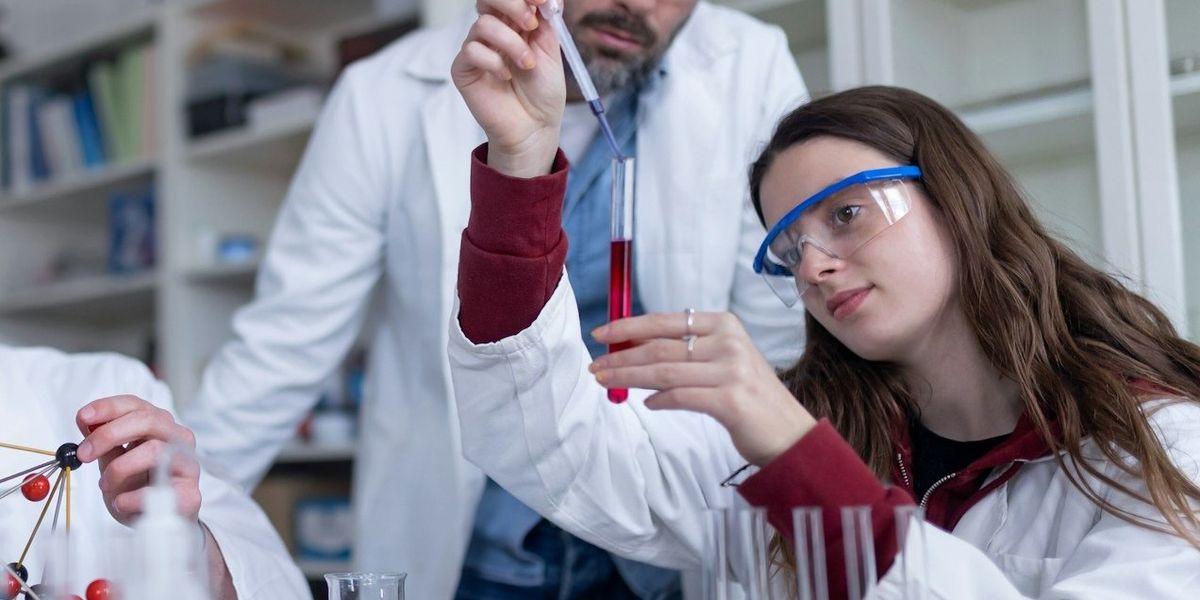
Europe faces drought threat as climate data shows record heat and low rainfall
A dry spring across northwestern Europe coupled with new climate data showing the second-warmest May on record has fueled fears of worsening drought and crop losses.
Helena Horton reports for The Guardian.
In short:
- May 2025 was the second-warmest May globally since records began, with temperatures 1.4°C above pre-industrial levels and 0.53°C above the 1991–2020 average.
- Northwestern and central Europe, along with parts of Russia, Ukraine, and Türkiye, saw their driest May since 1979, triggering concerns about soil moisture and water availability.
- Abnormally high sea surface temperatures were recorded in the northeastern Atlantic, while drought also gripped areas in North America, Africa, Asia, and Australia.
Key quote:
“May 2025 breaks an unprecedentedly long sequence of months over 1.5C above pre-industrial. Whilst this may offer a brief respite for the planet, we do expect the 1.5C threshold to be exceeded again in the near future due to the continued warming of the climate system.”
— Carlo Buontempo, director of C3S at the European Centre for Medium-Range Weather Forecasts
Why this matters:
Europe is especially vulnerable to drought as climate shifts strain aging water infrastructure and push farmers to the brink. When rainfall vanishes and heat intensifies, crops can fail before midsummer, forcing more irrigation from already stressed aquifers. These patterns also amplify energy demands, risking blackouts as rivers run too low to cool power plants. At a global scale, the warm seas and drying soils connect to broader disruptions, from supply chains to migration patterns. And while the 1.5°C target remains a long-term climate benchmark, the persistent monthly overshoots act as early sirens warning of a world inching deeper into crisis.
Related: EU bank to invest billions in clean water and drought resilience across Europe













